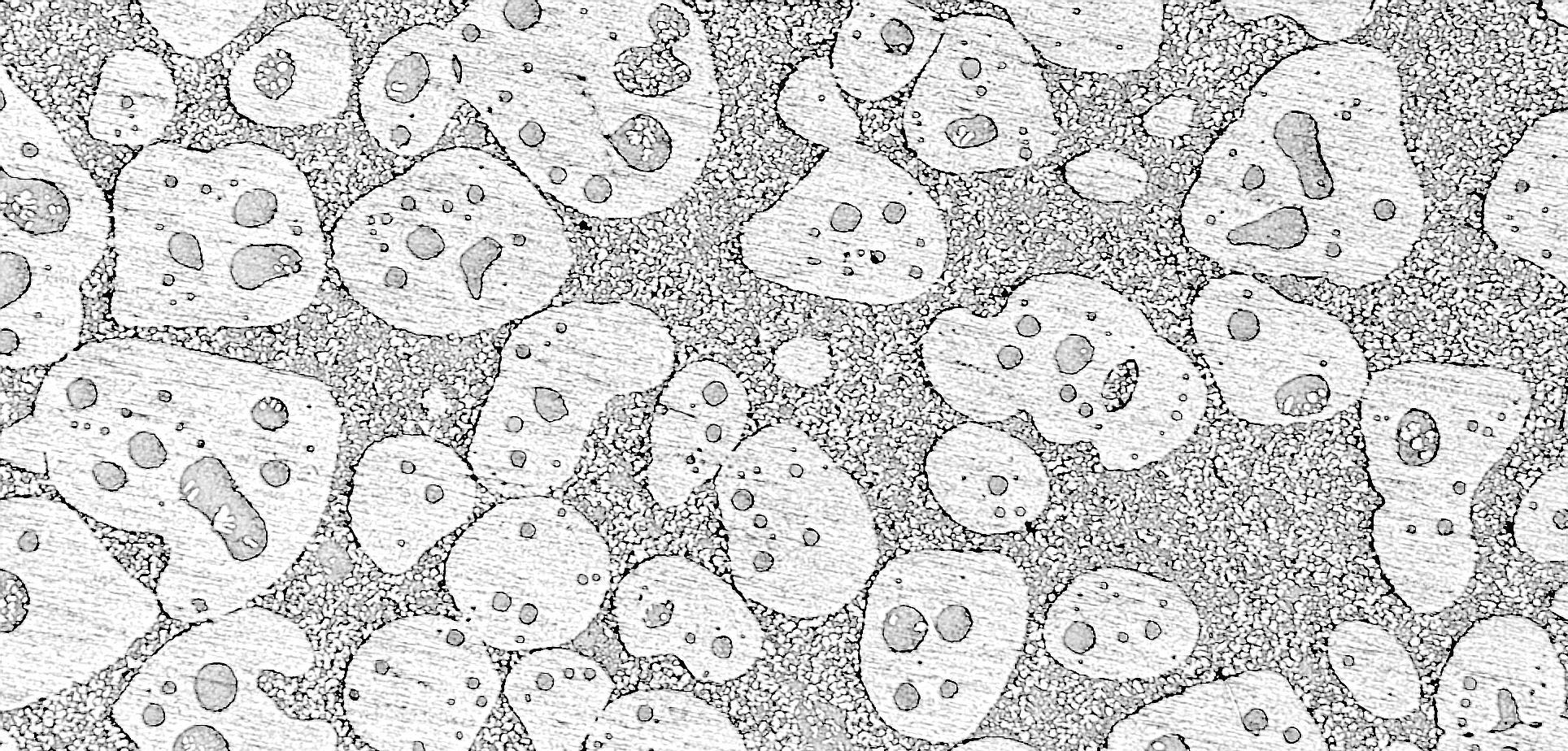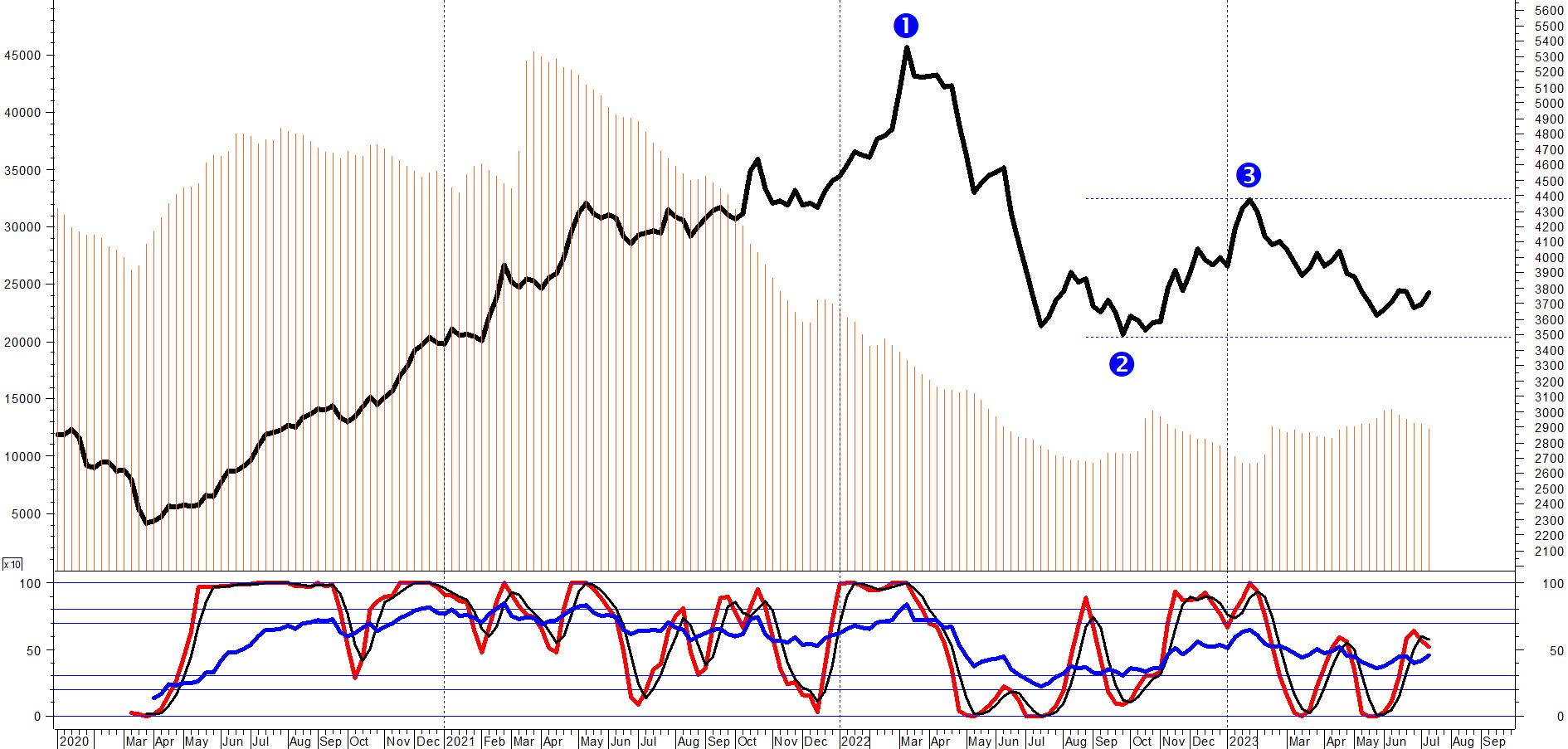
3 minute read
Scientific papers - Heat Treatment
The different SA treatments also led to different grain structures (Fig. 3). The sample treated at 1230°C still shows thin and elongated grains due to the additive manufacturing process (Fig. 3a), which demonstrates that the applied temperature was insufficient to promote a complete recrystallization. Traces of recrystallization can be observed when the SA is performed at 1245°C. More specifically, larger grains with an aspect ratio closer to unity can be seen (Fig. 3b). In particular, small areas with equiaxial grains can be detected (red circle). Finally, SA at 1260°C led to a fully recrystallized structure (Fig. 3c), which is testified by the diffuse presence of equiaxal grains.

Grain size was assessed and the values are reported in Fig. 4a. Increasing the SA temperature, the grain size measured along the X direction (perpendicular to the building direction) increases from 15.3+/-0.4μm at 1230°C to 28.9+/-3.2μm and 45.8+/-5.7μm at 1245°C and 1260°C, respectively. Along the building direction (Z) the grain size is similar after SA at 1230°C and 1245°C (45.1+/4.6μm and 43.6+/-18.3μm, respectively) and it increases to 58.1+/-9.8μm after SA at 1260°C. The increment in the grain size is consistent with the recrystallization process taking place. In particular, after SA at 1245°C, the process is not fully accomplished and there is only an increase in the mean value measured along the X direction. Instead,
SA performed at 1260°C led to grain coarsening in both the principal directions. Once the recrystallization process takes place, the grains tend to be more equiaxial and this is evidenced by the reduction in the aspect ratio from 3,0 (SA at 1230°C) to 1,5 (SA at 1245°C) and 1,3 (SA at 1260°C). The very high standard deviation measured after SA at 1245°C in the Z-direction is related to the recrystallization areas represented by the red circle in Fig. 3b. The grain coarsening led also to a softening behaviour of the alloy and the Brinell hardness decreased from 360.0+/-7.9 (SA at 1230°C) to 345.5+/-6.9 (SA at 1245°C) and 338.5+/-5.9 (SA at 1260°C), as reported in Fig. 4b.
Considering the abovementioned results, 1260°C can be considered as the optimal temperature for SA of PBFLB René 80 alloy. Given the typical thermal variability of industrial furnaces, a test at 1270°C was also performed to ensure this upper limit does not cause any detrimental consequence in the material, such as TIPs or incipient melting. The sample after SA at 1270°C and FA is showed in Fig. 5. The secondary γ’ is still cubic and its volume fraction and size were assessed to be 23.1+/-2.4% and 344+/-166nm. Beside a slight coarsening of the γ’ at grain boundaries, neither evident signs of incipient melting nor thermal induced porosities (TIP) after SA were observed, giving credit to the robustness of the SA performed at 1260°C.
Conclusions
In this work René 80 processed with PBF-LB technique was investigated to assess the best heat treatment recipe studying γ’ shape, size and fraction and grains’ recrystallization. Given a fixed FA condition (1095°C/4h), three different SA temperatures were investigated (1230°C, 1245°C and 1260°C), leading to the following main results:

• The size of γ’ was almost constant among the different SA conditions: 239+/-114nm at 1230°C, 283+/-133nm at 1245°C and 264+/-109nm at 1260°C. A similar result was obtained for the γ’ volume fraction, which was 20.4+/-0.5%, 22.3+/-1.1% and 21.4+/-4.2% after SA at 1230°C, 1245°C and 1260°C, respectively.
• Reasonably, when a proper γ’ dissolution is reached, the nuclei formed after the cooling from the SA grow in the same manner during the FA and the cuboidal shape is obtained. Instead, if the SA temperature is too low, an irregular shape is maintained also during the FA.
• After SA at 1230°C, grains were elongated along the building direction, while SA temperatures of 1245°C and 1260°C progressively led to more equiaxial and recrystallized grains. Grains’ aspect ratio decreased from 3,0 (SA at 1230°C) to 1,5 and 1,3 (SA at 1245°C and 1260°C, respectively).
• Given the abovementioned results, the following recipe for heat treatment of PBF-LB René 80 alloy is proposed: SA at 1260°C for 2 hours + FA at 1095°C for 4 hours. The robustness of the process was investigated heat-treating one sample at 10°C above the optimal SA temperature and neither thermal induced porosities (TIPs) nor incipient melting were observed.
This study provides evidence that the typical heat treatments conditions shall be reconsidered when it comes to AM microstructures. Further studies will focus on assessing the effect of Hot Isostatic Pressing (HIP) on the densification flaws and merging HIP and SA treatment to further optimize the total cycle time.
Acknowledgement
This conference communication is part of the project NODES which has received funding from the MUR – M4C2 1.5 of PNRR with grant agreement no. ECS00000036.








